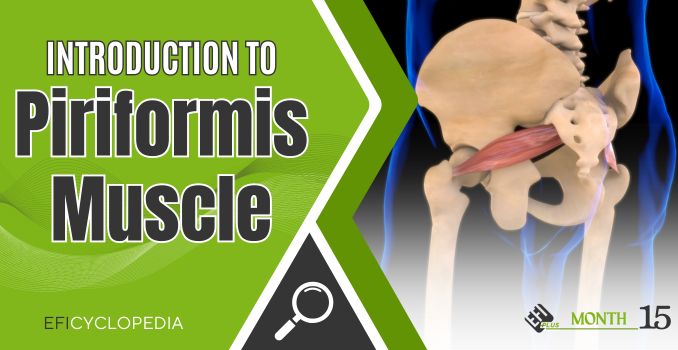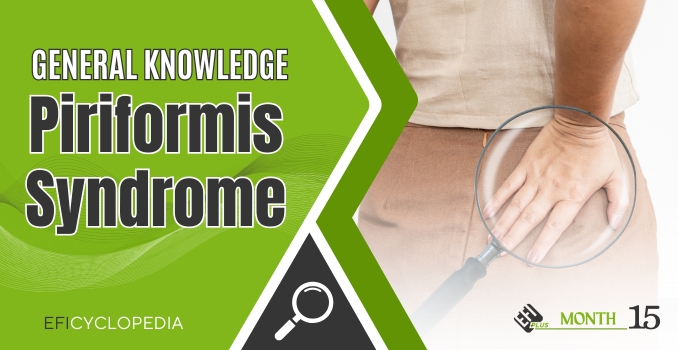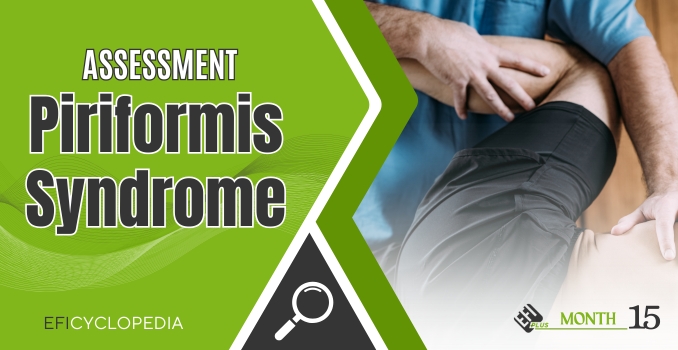Month 15
Buttocks
Suffering from buttock pain? Discover effective relief strategies here.
This month, we'll uncover the secrets to relieving Piriformis Syndrome. Piriformis syndrome is the most common cause of buttock pain, and it occurs when the piriformis muscle, located deep in the buttocks, irritates the sciatic nerve. We'll explore Piriformis Syndrome in depth, including its symptoms, diagnosis, and effective management strategies.
We intend to equip you with knowledge on how to accurately identify whether your buttock pain is caused by sciatica or piriformis syndrome.
WHAT YOU NEED TO KNOW: Understanding piriformis syndrome is essential to finding relief from it. This guide provides a thorough overview, starting with the basics of the piriformis muscle and examining the various causes of related pain.
- Understanding the Anatomy: Explore the details of the piriformis muscle to gain a deep understanding of its structure, function, and impact on your overall health and wellness.
- Examining the Root: Uncover the root causes of piriformis syndrome, including muscle strain, tightness, spasm, and, in some cases, an enlarged piriformis muscle.
- Know the Signs: Distinguishing indicators of piriformis syndrome pain and how to tell it apart from other types of buttock discomfort.
HOW: You will learn how to accurately diagnose piriformis syndrome by taking a detailed patient history, conducting physical exams, and using imaging tests like X-rays, MRIs, and CT scans to differentiate it from similar conditions like sciatica.
WHAT TO DO: Find out how to avoid piriformis syndrome recurrence with effective treatments and self-care.
- Prevention and Management: Discover practical, step-by-step approaches and modifications to your daily routine that can significantly reduce your chances of developing piriformis syndrome or effectively manage and lessen the intensity of current pain associated with the condition.
- Individualized Management Approach: Perform targeted physical activities specifically crafted to strengthen and stretch your piriformis muscles. This will enhance your overall hip stability, flexibility, and core strength, reducing pain and preventing future injuries.
WHY THIS MATTERS: As your comprehension of your piriformis muscles and their surrounding structures deepens, your capacity to make well-considered choices increases. This allows you to evaluate various treatment options and select those that most effectively align with your specific needs, helping you maintain optimal health.
- Quality of Life Improvement: Buttock pain can significantly disrupt daily life and reduce overall quality of life. Identifying the root cause of this discomfort is essential to developing effective treatment strategies that provide relief and improve well-being.
- Informed Decision-Making: By comprehending the nature of piriformis syndrome, you can make well-informed decisions regarding treatment options, lifestyle modifications, and steps to prevent recurrence. This understanding enables you to develop a plan that reflects your individual health goals and aspirations.
Experience a new path to well-being! Join us for Month 15 of the EFIcyclopedia to access tailored content focused on piriformis syndrome. We're committed to helping you find enduring long-term pain relief.

Introduction to Piriformis Muscle
Despite the piriformis muscle's small size, its role in the functionality and stability of the human hip joint is still of great importance. It is instrumental in rotating the thigh outward and moving the thigh away from the body when the hip is flexed. It also helps stabilize the hip joint, ensuring smooth and coordinated movements.

Ankle - General Knowledge
The ankle joint is as vital and versatile as the other structures in human anatomy. Delving into its anatomical complexities, physiological roles, and clinical ramifications is a journey that warrants in-depth exploration. Thoroughly scrutinizing the basic principles and latest developments and comprehending every aspect of this extraordinary joint's anatomy, biomechanics, and functionality enables healthcare providers to accurately evaluate patients and create customized treatment strategies aligned with their unique needs and objectives.
General Knowledge: Piriformis Syndrome
Do you often experience a nagging pain in your buttock that radiates down the back of your leg? If so, then you are definitely not alone. This simple discomfort could be a sign of piriformis syndrome — a condition caused by the irritation of the sciatic nerve. This occurs when the piriformis muscle, located deep in the buttock, compresses the sciatic nerve.
Assessment: Piriformis Syndrome
Piriformis syndrome is a neuromuscular condition in which the piriformis muscle in the buttocks irritates or compresses the sciatic nerve. This can result in pain, numbness, or tingling along the path of the sciatic nerve, which extends from the lower back through the hips and buttocks down each leg. Accurate assessment and diagnosis of piriformis syndrome are essential for effective management and treatment. A thorough review of the patient's medical history is crucial in understanding the condition's etiology and guiding appropriate interventions.
Treatment & Management: Piriformis Syndrome
Piriformis syndrome is a condition in which the piriformis muscle, located in the buttock region, spasms and causes pain, potentially irritating the nearby sciatic nerve. This can lead to pain, tingling, or numbness along the back of the leg and into the foot. Fortunately, there are several nonsurgical treatment options available to manage piriformis syndrome:



